Topping pepper plants is a horticultural technique that can significantly improve plant health and yield. This comprehensive guide will help you understand the process and benefits of topping pepper plants, as well as how to do it correctly.
Understanding Topping
Topping is a form of pruning that involves cutting off the top part of a plant to encourage bushier growth. When you top a pepper plant, you’re essentially removing the main stem’s growing tip. This action encourages the plant to grow more side shoots and become bushier. The result? A higher yield of peppers, as the plant has more branches to bear fruit.
But why does topping work? The answer lies in the plant’s growth hormones. The main stem’s tip, known as the apical meristem, produces a hormone called auxin. This hormone suppresses the growth of lateral buds, allowing the main stem to grow taller than the rest of the plant. When you remove the apical meristem by topping, the auxin production is disrupted. This disruption allows the lateral buds to grow, leading to a bushier plant.
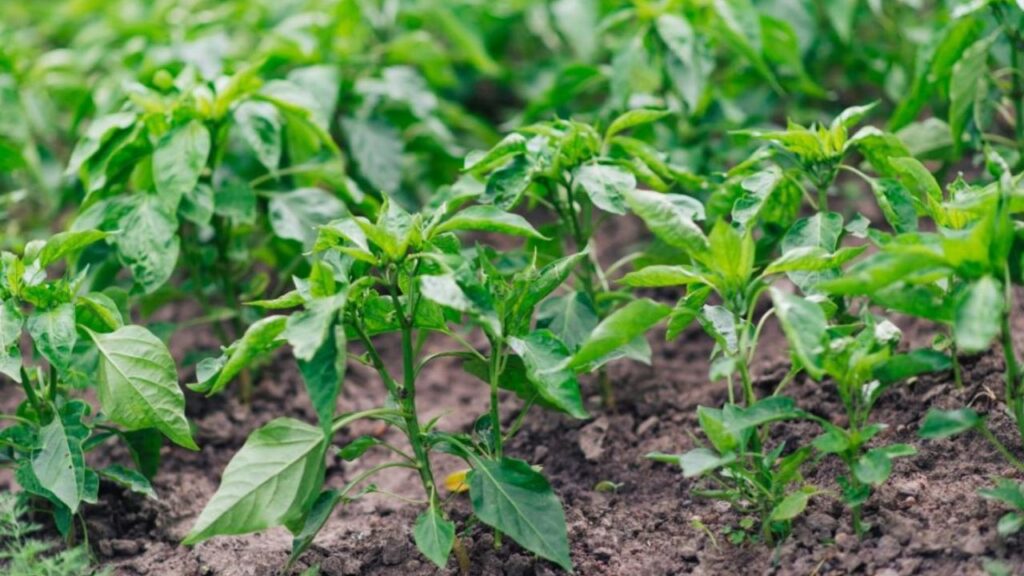
The Right Time to Top Pepper Plants
Timing is crucial when it comes to topping pepper plants. The best time to top is when the plant has developed a sturdy stem and several sets of leaves, usually when it’s about 12 inches tall. Topping too early can stress the plant, while topping too late can limit the benefits.
It’s also important to consider the plant’s overall health. If the plant is stressed due to factors like disease, pests, or poor nutrition, it’s better to resolve these issues before topping. A healthy plant will recover faster and benefit more from topping.
How to Top Pepper Plants
Topping pepper plants may seem like an easy task but performing this process correctly will prevent any damage to your beloved plant.
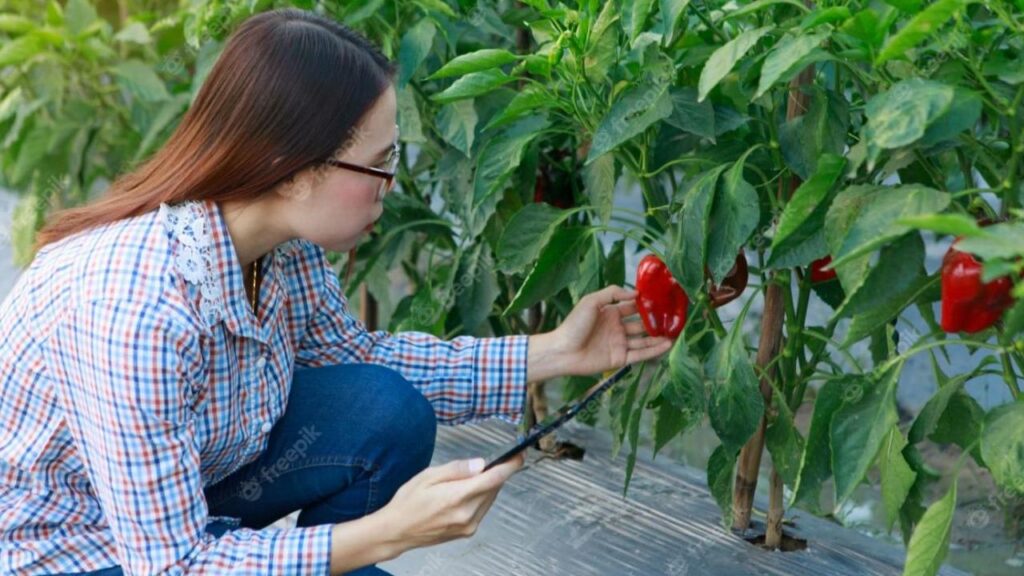
We’ve crafted an easy-to-follow guide below:
1. Spot The Main Stem: The tallest and thickest part of the plant usually represents this feature.
2. Locate A Topping Point: Pick an area above a node that has one or two present branches growing.
3. Begin Cutting: Utilizing clean pruning shears, making an incision approximately ¼ inch above this particular node.
4. Monitor Progression: After cutting, promptly monitor your resourceful plants’ growth of new shoots or branches appearing from its specific location on its stem.
Please note that utilizing sterile cutting equipment when topping your pepper plants helps fight off diseases from forming within any open wounds made on its stems; Remembering making these correct cuts will safeguard any unnecessary damage caused by careless acts harming your precious crop.
Once you’ve mastered the art of topping your pepper plants, you might be interested in exploring other techniques to optimize your pepper growth. Starting your pepper seeds indoors is a great way to give your plants a head start.
Aftercare for Topped Pepper Plants
After topping, your pepper plants will need some extra care. Ensure they get plenty of water and nutrients, as the plant will be putting a lot of energy into growing new branches. You might notice a pause in upward growth after topping as the plant redirects its energy, but don’t worry, this is normal.
In addition to regular watering and feeding, you should also monitor the plant for signs of stress or disease. Topping can be a stressful process for the plant, and it’s important to keep an eye out for any signs of trouble. If you notice any issues, address them promptly to ensure your plant recovers quickly and continues to grow.

Common Mistakes to Avoid When Topping Pepper Plants
While topping is a beneficial practice, there are some common mistakes to avoid:
- Topping Too Early or Too Late: As mentioned, timing is crucial. Topping too early can stress the plant, while topping too late can reduce the benefits.
- Topping During Flowering: Avoid topping when the plant is flowering, as this can cause the plant to drop its flowers.
- Over-Topping: While topping is beneficial, doing it too much can stress the plant. Usually, one or two tops are enough for a season.
Frequently Asked Questions about Topping Pepper Plants
Here are some common questions gardeners have about topping pepper plants:
- Does Topping Hurt the Plant? No, if done correctly, topping can actually benefit the plant by encouraging bushier growth and higher yield. However, like any form of pruning, it can cause temporary stress to the plant. That’s why it’s important to provide proper aftercare to help the plant recover.
- Can All Pepper Plants Be Topped? Most pepper plants can benefit from topping, but it’s always a good idea to research the specific variety you’re growing. Some varieties naturally grow bushier and might not need topping. Others might be more sensitive to pruning and could be stressed by topping.
- How Long Does It Take for a Topped Plant to Recover? This can vary, but usually, you’ll see new growth within a week or two. The plant might pause its upward growth for a while as it redirects energy to the lateral buds. During this time, it’s important to provide the plant with plenty of water and nutrients to support its growth.
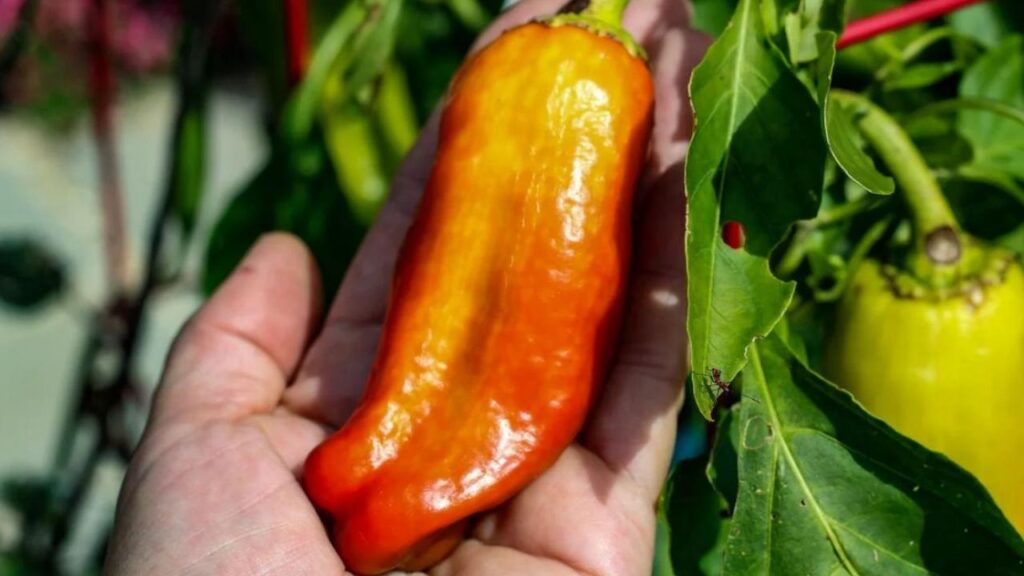
Conclusion
Topping pepper plants is a powerful technique that can significantly enhance your garden’s productivity. By understanding when and how to top your plants, you can boost your pepper yield and enjoy a bountiful harvest. Remember, topping is just one part of plant care. Regular watering, feeding, and pest control are also crucial for a successful garden. So, don’t be afraid to get your hands dirty and experiment with different techniques. After all, gardening is as much an art as it is a science. Happy gardening!


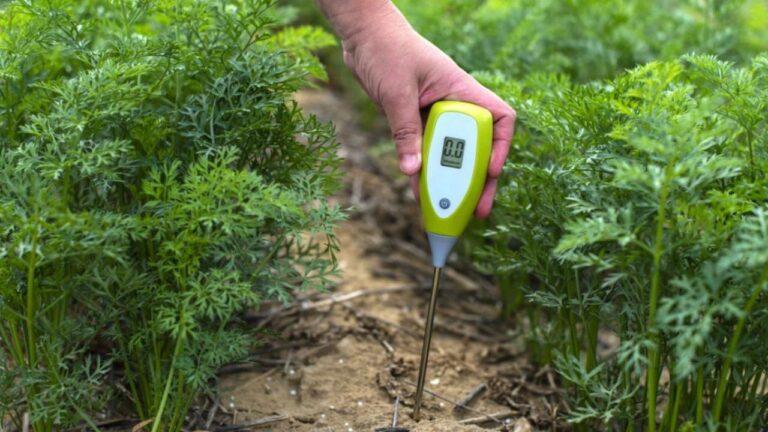
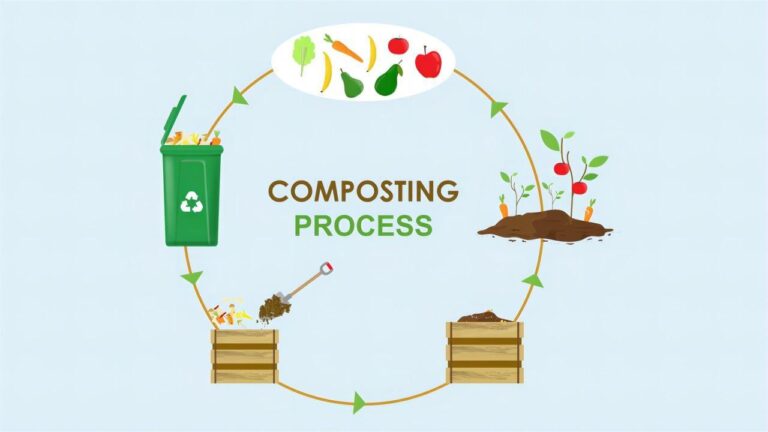
Leave a Comment